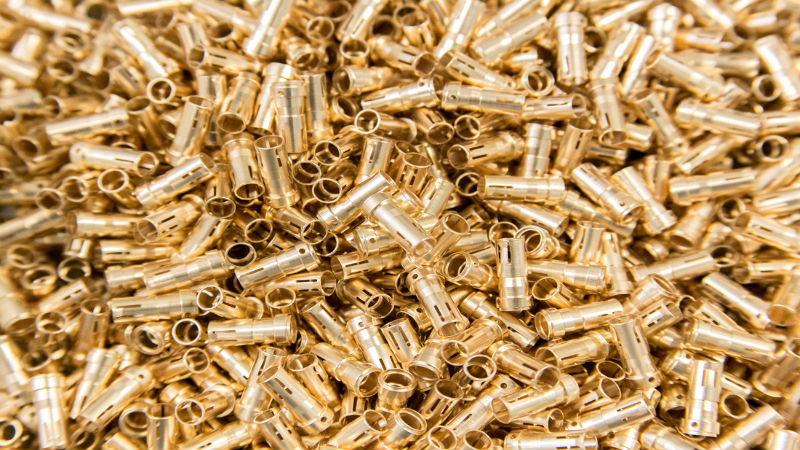The advances in medical device technology has produced concurrent improvements in overall health care. At the same time, more stringent safety requirements on the devices has resulted in an exploding market for medical device coatings. To date, North American companies have the largest market share in this type of technology. The United States actually dominates this highly demanding sector.
The Demands of Medical Device Coatings
Safety is a primary concern of any medical apparatus. To achieve such, the industry and government has instituted very high standards. These rigidly adhere to all protocols if all requirements are to be met. Yet, medical devices rarely match the demands for quality control on their own. After the basic manufacturing process, they are sent off for further processes to help them meet their desired functional and sanitary requirements. Once such procedure is plating. Medical device coatings are one way medical equipment can meet and even surpass the requirements.
The task such medical device coatings must perform is daunting. The application is to satisfy several goals. These include, but are not restricted to, those provided below.
* Functionality – the coating must not interfere with the intended purpose of the device
* Efficiency – the process must be efficient
* Cost-effectiveness – the price has to be right
* Sanitary– the instruments after the coating process must be hygienic
* Antimicrobial and anti-thrombogenic – to help reduce or eliminate the problems of infection and blood clotting
* Anti-Allergenic
* Friction reduction
* Biocompatibility
* Corrosion resistance
Medical device coatings must not interfere with and are actually applied to improve such characteristics as bacterial resistant or repellant. In the end, the medial device that emerges following the coating process must be ready for application on different types of patients without any attendant risk of infection.
Metals Used In Medical Device Coatings
The process of medical device coatings can employ a variety of metals. Among the most common are:
* Gold
* Nickel – electroless and high purity
* Titanium
* Cobalt-chrome
* Tin
They may be used to coat entire medical devices or small components.
Common Coated Medical Devices
Medical device coatings are applied to several different kinds of medical equipment or apparatus. Among them, you will find such tools as:
* Anesthesia delivery components
* Arthroscopic and Endoscopic components and tools
* Catheters
* Cauterizing blades
* Electrical contacts
* Forceps
* Guide wires
* Implants
* Laryngoscope handles
* Radiation focus plates
* Radiation lead and tungsten shielding
* Radiological vessels
* Springs and wire forms
* Stents
* Stethoscope chest pieces
Medical Device Coatings
Of all forms of coating or plating, that involving medical devices is surely the most challenging for the industry. They require high standards be melded with cost-effective delivery. The result must be effective and efficient without altering the overall bulk of the original component. To perform the task with precision the company must have confidence in their capability of providing medical device coatings that meet the highly stringent and rigid requirements.






